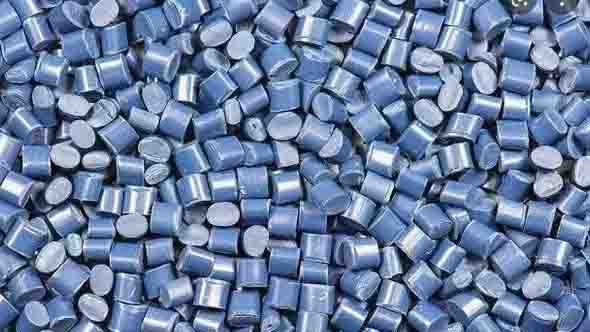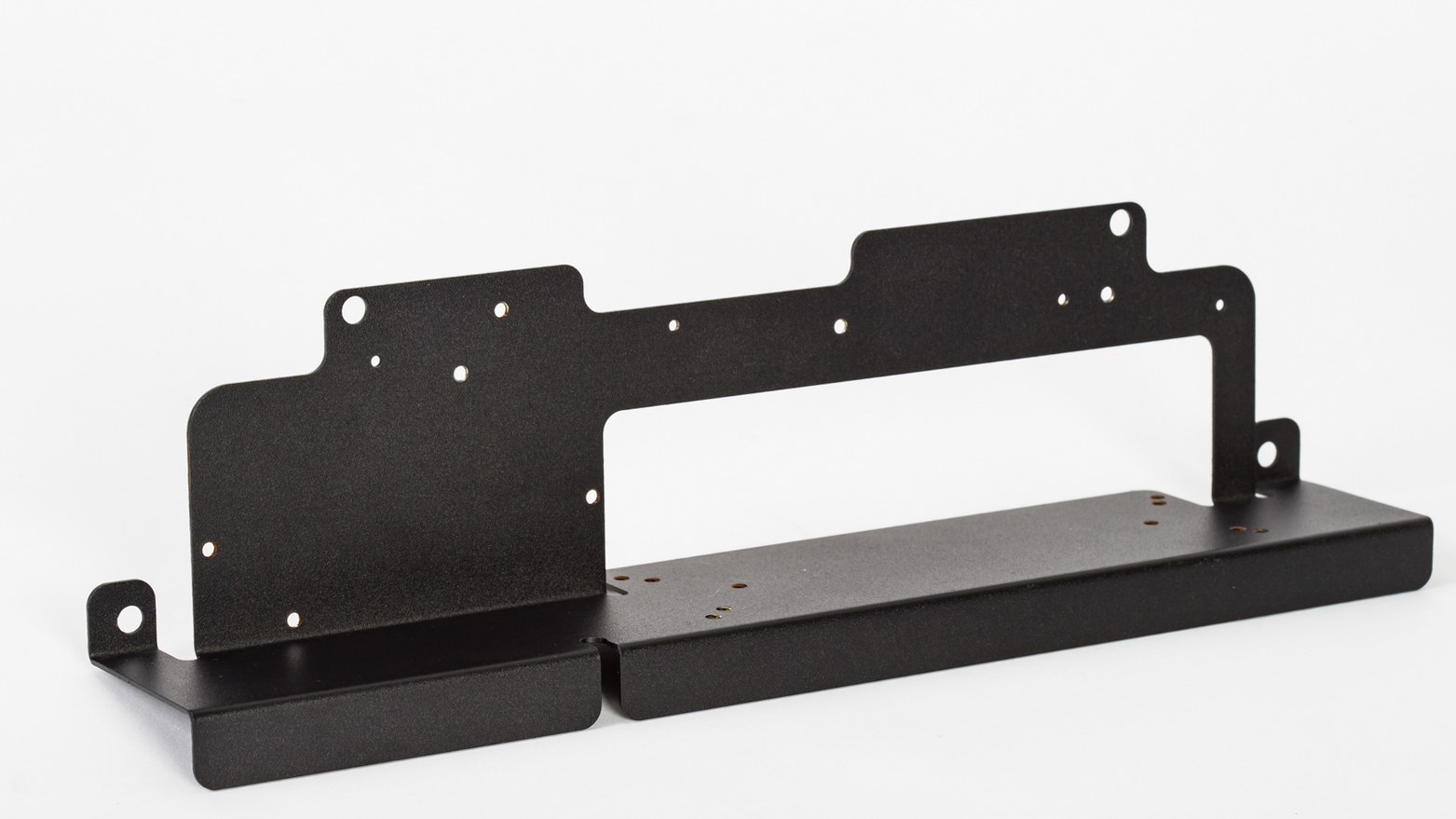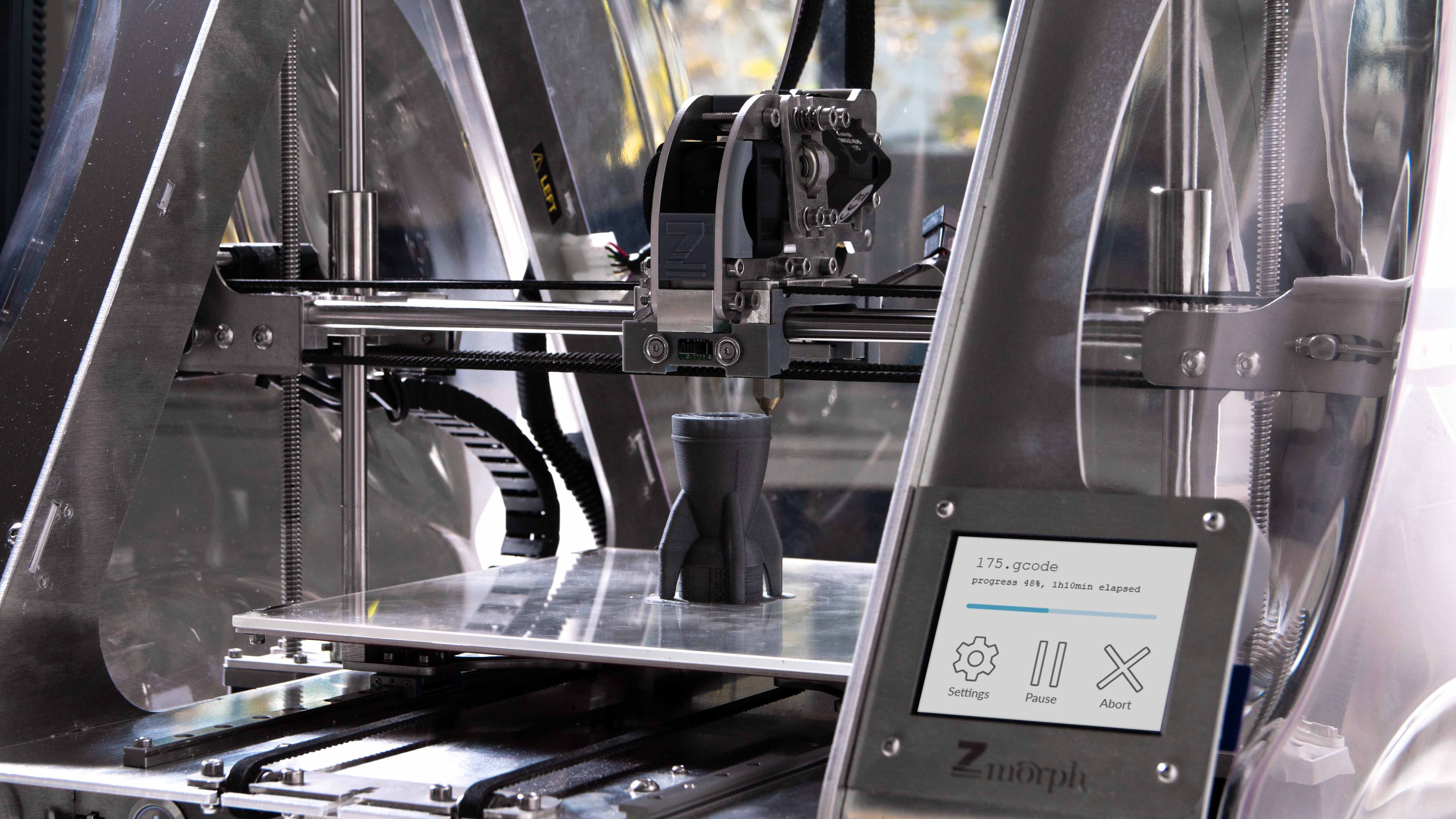
-

-
Tips for reducing the cost of CNC prototypingMastars will use rapid prototyping mold and other techniques in the production of rapid prototyping. CNC is a commonly u...
-

-
2022-2028 Injection Molding Machine MarketThe global injection molding machine market reached USD 10.79 billion in sales in 2021 and is expected to reach USD 12.6...
-

-
BENTLEY
-

-
3D printing materials|3d printing manufacturing company|MastarsWe all know that 3D printing technology consists of three parts: molding process, 3D printing materials, high-precision ...
-

-
learn more about mastars sheet metal processingMastars employs proven prototype technologies(CNC machining, Sheet metal, Vacuum casting, 3D printing etc.), to take new...
-

-
How to select 10 Metal 3D printing technologies?|rapid prototyping servicesA few years ago, 3D printing with metal was only used in industry. Now all this has changed. Metal 3D printing can be re...
-

-
5 Key Points for Controlling CNC Machining AccuracyExplore five essential factors for achieving precision in CNC machining, from tool selection to workpiece setup, to enha...
-

-
Why Mastars is TrustworthyWhy do so many global automotive and medical device clients choose Mastars for long-term partnerships? It's not just bec...
-

-
Bentley limousine and hearseRemanufacturing Bentley Flying Spur vehicles into limousines and Hearse’s for the funeral market by Wilcox Limousines ,...
Contact us
- Building 6 , Blue Sky Industrial Park, Ditang Road, Shajing Town, Shenzhen City,Guangdong, China (518104)
- marketing@mastars.com
A Beginner's Guide to Injection Molding
Injection Molding: A Detailed Overview
1. Executive Summary
Injection Molding is a high-volume manufacturing
process for producing identical plastic parts with excellent dimensional
accuracy and repeatability. It involves injecting molten thermoplastic material
under high pressure into a precision-machined metal mold cavity, where it cools
and solidifies into the final shape. It is the most common method for
mass-producing plastic components, from tiny medical device parts to entire
automotive body panels.
2. Core Principle & Key Characteristics
The principle is
analogous to making Jell-O in a mold. A liquid material is poured into a shaped
cavity and allowed to set. In injection molding, the "liquid" is
molten plastic, and the "setting" is rapid cooling.
Key Characteristics:
-
High Production
Rate: Once the mold is built and the process
is optimized, cycle times (the time from injection to part ejection) can
be as short as 10-30 seconds, enabling immense volumes.
-
Low Per-Part Cost: Despite high initial tooling costs, the per-part cost becomes extremely
low at high volumes, making it economically unbeatable for mass
production.
-
High Repeatability
and Precision: The mold ensures that every part is
virtually identical, with tight tolerances and complex features replicated
perfectly.
-
Wide Material
Selection: A vast range of thermoplastic polymers
with specific properties (strength, flexibility, heat resistance, color)
can be used.
-
Minimal
Post-Processing: Parts often require little to no
finishing after ejection, as gates and ejector pin marks are designed to
be minimal.
3. The Injection Molding Process Cycle
The cycle is a
continuous, automated loop with four main stages:
1. Clamping
The two halves of
the mold are securely closed and held together by a clamping unit. The force
must be high enough to withstand the immense pressure of injection (often
hundreds of tons).
2. Injection
Plastic material
in granular form (pellets) is fed from a hopper into a heated barrel. A
reciprocating screw transports the pellets forward. The heat from the barrel
and the shear friction from the screw's rotation melt the plastic. The screw
then moves forward like a plunger, injecting the molten plastic under high
pressure into the mold cavity.
3. Cooling
The molten plastic
inside the mold begins to cool and solidify upon contact with the cold mold
walls. It takes the shape of the cavity. Cooling time is a significant portion
of the total cycle time. The design of cooling channels within the mold is
critical for efficiency.
4. Ejection
After sufficient
cooling, the clamping unit opens the mold. An ejection system,
typically consisting of pins, pushes the solidified part out of the mold. The
mold then closes, and the cycle repeats.
4. Key Components of the System
A. The Injection Molding
Machine (Press)
-
Clamping Unit: The
mechanism that opens, closes, and holds the mold with immense force
(measured in Clamp Tonnage).
-
Injection Unit: Comprises the hopper (feeds material), barrel (heats and melts material), and reciprocating screw (conveys, melts, and injects the material).
-
Control System: The
computer that precisely controls temperatures, pressures, speeds, and
timings.
B. The Mold (Tool or Tooling)
This is the most critical and expensive
element. It is typically made from hardened or pre-hardened steel or aluminum.
-
Core & Cavity: The
two halves that form the external and internal shapes of the part.
-
Sprue, Runners, and
Gates: The channel system that delivers the
molten plastic from the machine nozzle to the part cavity.
-
Sprue: The main channel from the nozzle.
-
Runners: The pathways that lead to the part cavities.
-
Gate: The small, controlled entrance to the part cavity.
-
Cooling Channels: Channels drilled throughout the mold through which a coolant (water or
oil) circulates to control the mold temperature.
-
Ejection System: Pins, sleeves, or blades that push the finished part out of the mold.
-
Vents: Small shallow channels or gaps that allow trapped air to escape as the
mold fills.
-
Draft: A
slight taper applied to vertical walls to allow the part to be ejected
easily.
5. Common Injection Molding Variations
-
Insert Molding: A metal
or ceramic component (an "insert") is placed into the mold, and
plastic is injected around it, creating a single, integrated part (e.g., a
threaded brass insert in a plastic housing).
-
Overmolding
(Two-Shot Molding): A process where a part is created with
two different materials. A substrate is first molded, then placed into a
second mold where a different material (often a soft-touch elastomer) is
overmolded onto it.
-
Gas-Assisted
Injection Molding: Inert gas (usually nitrogen) is
injected into the molten plastic. It creates hollow sections within thick
parts, reducing weight and sink marks while improving surface finish.
6. Design for Manufacturing (DFM) Considerations
Successful injection molding requires
adhering to specific design rules:
-
Uniform Wall
Thickness: This is the most critical rule.
Variations cause uneven cooling, leading to warping, sink marks, and
internal stresses.
-
Draft Angles: All
walls parallel to the mold opening direction must have a draft angle
(typically 1°-3°) to facilitate ejection.
-
Ribs: Used to add stiffness without increasing wall thickness. They should be
50-60% of the main wall's thickness.
-
Fillets and Rounds: Rounded corners (fillets) reduce stress concentration and improve material
flow.
-
Parting Line: The
line where the two mold halves meet. It must be considered for both
aesthetics and functionality.
7. Advantages and Limitations
|
Advantages |
Limitations |
|
Very low cost per part at high volumes. |
Extremely high initial cost for mold
tooling. |
|
Excellent repeatability and high
tolerances. |
Long lead times for mold design and
fabrication (weeks to months). |
|
Minimal waste; scrap can often be reground
and reused. |
Not economical for low volumes
(prototyping). |
|
Ability to produce complex geometries in a
single step. |
Part design is constrained by DFM rules
(e.g., draft angles, uniform walls). |
|
Wide selection of materials and colors. |
Significant startup time is required to
fine-tune the process for a new part. |
Conclusion
Injection Molding is the backbone of modern
mass production for plastic parts. While the initial investment in tooling is
substantial, its unparalleled efficiency, low per-part cost, and high-quality
output make it the undisputed choice for manufacturing millions of identical
plastic components across virtually every industry.
【Editor】:Mastarsall rights reserved:https://www.mastars.comPlease indicate the source






